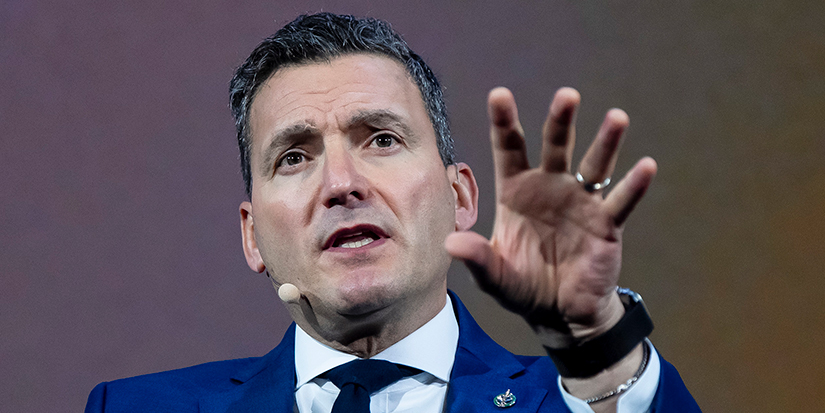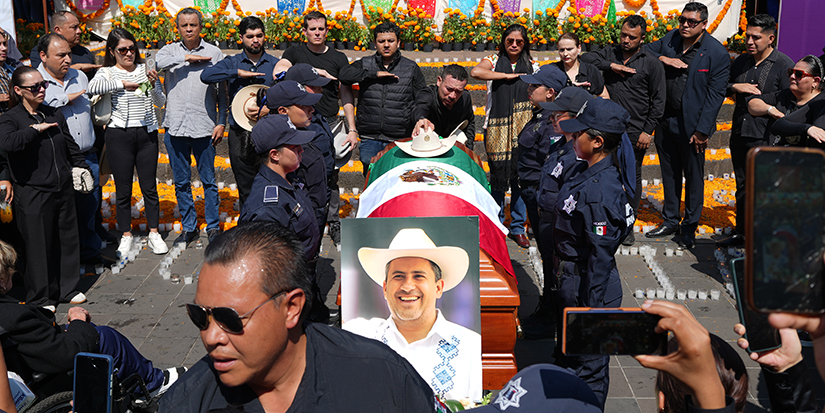Latest News
Tax season, seniors’ key questions answered

Published 11:36 PDT, Fri April 11, 2025
—
Tax planning is essential for all Canadians, but for seniors, it becomes even more crucial. With fixed incomes, changing tax rules, and estate considerations, understanding tax rules can help retirees maximize their savings while helping to minimize tax liabilities. Below are common questions and key consideration for seniors and tax planning.
1. What are some key tax considerations for seniors during tax season?
Seniors in Canada benefit from several tax credits and deductions designed to reduce their tax burden. Understanding these can result in significant savings, especially for those on a fixed income.
Tax credits and deductions specifically available to seniors
• Age Amount Credit: If you are 65 or older, you may qualify for this credit, which in 2024 is $8,790. The credit is phased out for incomes above $42,325 and is eliminated at $102,925.
• Pension Income Credit: Those receiving eligible pension income can claim a $2,000 federal tax credit to reduce taxes.
• Medical Expense Deduction: Any qualifying medical expenses exceeding 3 per cent of net income (or $2,759, whichever is lower) can be deducted. This includes prescriptions, home care, and mobility aids.
• Home Accessibility Tax Credit (HATC): Seniors making their homes more accessible due to aging or disability can claim up to $20,000 in eligible expenses, with a 15 per cent credit (maxing out at $3,000 in tax savings).
Tax deferral and income splitting
• Pension Income Splitting is a useful tool for lowering taxes in retirement: Seniors can split up to 50 per cent of eligible pension income with their spouse or common-law partner, potentially reducing their overall tax rate.
• RRIF Minimum Withdrawals: Once an RRSP is converted to a RRIF, there are mandatory withdrawals each year. For a 71-year-old, the minimum withdrawal is 5.28 per cent of the RRIF balance. The percentage increases each year with age. Timing withdrawals strategically can help minimize OAS clawbacks.
Consider electing to base the minimum required withdrawal from your RRIF on your younger spouse’s age as this can reduce the minimum withdrawal amount, potentially lowering your taxable income and helping to preserve more of you invested capital over time.
2. How can seniors effectively plan for taxes on death?
While Canada does not have a formal estate tax, when someone passes away, their capital assets are treated as if they were sold, potentially triggering tax liabilities.
Tax implications at death
• RRSPs and RRIFs: If a spouse or common-law partner is the beneficiary, these accounts are taxed as income at the deceased’s marginal tax rate. For larger accounts, this can be as high as 53.5 per cent in BC.
• Non-registered investments: Upon death, capital gains tax applies to any investment appreciation.
• Principal residences: Homes for personal use may qualify for the Principal Residence Exemption (PRE), but rental properties do not and may result in taxes on capital gains.
Estate planning strategies to reduce taxes on death
• Estate Freezing: This strategy locks in an asset’s current value (typically shares of a private corporation), with future growth transferred to heirs. This limits capital gains tax liability upon death. This is a complicated strategy to be implemented by tax professionals.
• Using Life Insurance: A permanent life insurance policy can cover estate tax liabilities. For example, if an estate is expected to owe $500,000 in taxes, a life insurance policy with a death benefit of equal value helps ensure heirs do not have to sell assets.
3. How can seniors try to minimize taxes on retirement income?
Working to minimize taxes on retirement income is crucial for ensuring financial security in later years. With proper planning, seniors can reduce their tax burden while maximizing their available income. Here are several strategies to consider which might achieve this:
Plan RRSP withdrawals strategically
• A Registered Retirement Savings Plan (RRSP) is tax-deferred, where withdrawals are taxed as income. To minimize taxes, seniors should plan withdrawals carefully.
• If a retiree is in a lower income bracket before collecting CPP and OAS, they may consider withdrawing funds from their RRSP even though mandatory RRIF withdrawals don’t begin until age 72 (assuming RRSP not converted to RRIF until age 71).
Use Pension Income Splitting
• As discussed above, pension income splitting allows one spouse to shift up to 50 per cent of eligible pension income to the lower-income spouse, reducing the overall family tax bill.
• Eligible pension income includes RRIF withdrawals after age 65, defined benefit pension payments, and certain annuities.
• Splitting income can help avoid OAS clawbacks and lower marginal tax rates.
Manage Old Age Security (OAS) clawbacks
• The OAS pension is subject to a recovery tax (clawback) if a senior’s income exceeds a certain threshold ($93,454 in 2025).
• Strategies to reduce OAS clawbacks include:
• Spreading out RRSP/RRIF withdrawals over multiple years to avoid a single high-income year.
• Delaying OAS (and CPP) until age 70 when you will receive higher monthly payments.
• Using a Tax-Free Savings Account (TFSA) for retirement income instead of taxable withdrawals from RRSPs or RRIFs.
Optimize CPP and OAS timing
• While CPP and OAS can start at age 60 (CPP) or 65 (OAS), delaying them until age 70 results in larger payments.
• Seniors who expect a long retirement and don’t need immediate income may benefit from deferring payments to reduce reliance on RRIF withdrawals, which are taxable.
Final thoughts: Why seniors should plan ahead
Seniors need to be proactive in tax and estate planning. With changing tax rules, estate tax considerations, and having a plan in place can reduce taxes and preserve wealth.
Maximize Tax-Free Income with a TFSA
• Unlike RRSPs, withdrawals from a Tax-Free Savings Account (TFSA) are completely tax-free and do not affect OAS or GIS benefits.
• Seniors should maximize TFSA contributions, including by using RRIF withdrawals they don’t need to make a contribution to a TFSA to grow tax-free.
Key takeaways:
ο Use tax credits and income splitting to lower your tax bill.
ο Plan for taxes on death with life insurance or estate freezes.
ο Maximize your TFSA to grow tax-free wealth.
For personalized tax and estate planning, it’s always advisable to consult a financial advisor or tax professional. Planning ahead ensures that you keep more of your money and pass on a well-structured legacy to your loved ones.
Sources:
Canada Revenue Agency, canada.ca
“Wood Gundy” is a registered trademark of CIBC World Markets Inc. Brandi Lockhart is an Investment Advisor with CIBC Wood Gundy in Vancouver. The views of Brandi Lockhart do not necessarily reflect those of CIBC World Markets Inc. This information, including any opinion, is based on various sources believed to be reliable, but its accuracy cannot be guaranteed and is subject to change. Clients are advised to seek advice regarding their particular circumstances from their personal tax and legal advisors.



































